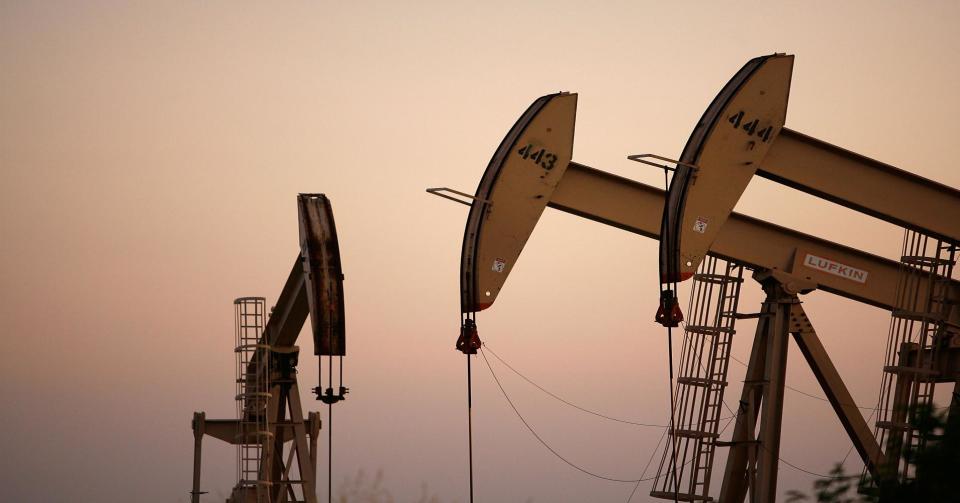World Bank raises oil price forecast but it’s not all good news

The World Bank 's issued its latest set of forecasts for crude oil prices but interpreting the numbers may depend on your disposition.
The good news: The World Bank has raised crude oil's price forecast this year to $43 a barrel from $41 a barrel in its April assessment.
The bad news: Prices are still expected to end the year lower compared with current levels.
Brent was trading at $44.80 a barrel Tuesday afternoon in Asia.
The institution noted oil prices jumped over a third in the second quarter due to supply outages and strong demand, so a fall in inventories was expected going into the second half of the year.
"The oil price rebound reflects a number of supply disruptions that removed up to 2.5 million barrels per day of production at peak during May and June, with large losses concentrated in Canada due to wildfires , and in Nigeria due to militant attacks on oil infrastructure . In addition, there were disruptions in other countries, including Kuwait, Iraq, and Libya," added the World Bank.
Despite a higher forecast compared with the previous estimate, the prediction still represented a 15 percent decline from 2015 as the fall in excess inventory was partly offset by new supply coming on-board.
The World Bank said production from non-OPEC countries declined, but OPEC production rose, as Iran pumped vigorously after Western sanctions against the country were lifted .
Global demand meanwhile, remained strong, "albeit slowing."
"Downside risks to the energy price forecast include higher-than-expected output and further weakening in growth (of emerging market and developing economies). Supply disruptions among key producers could lead to higher prices," the World Bank added.
Follow CNBC International on Twitter and Facebook.
More From CNBC
Top News and Analysis
Latest News Video
Personal Finance

 Yahoo Finance
Yahoo Finance 
